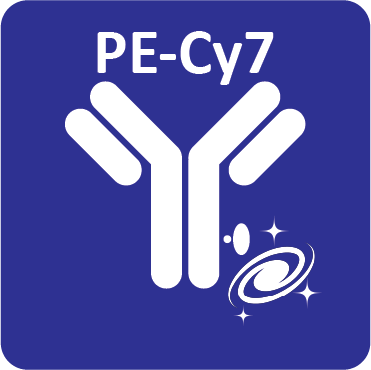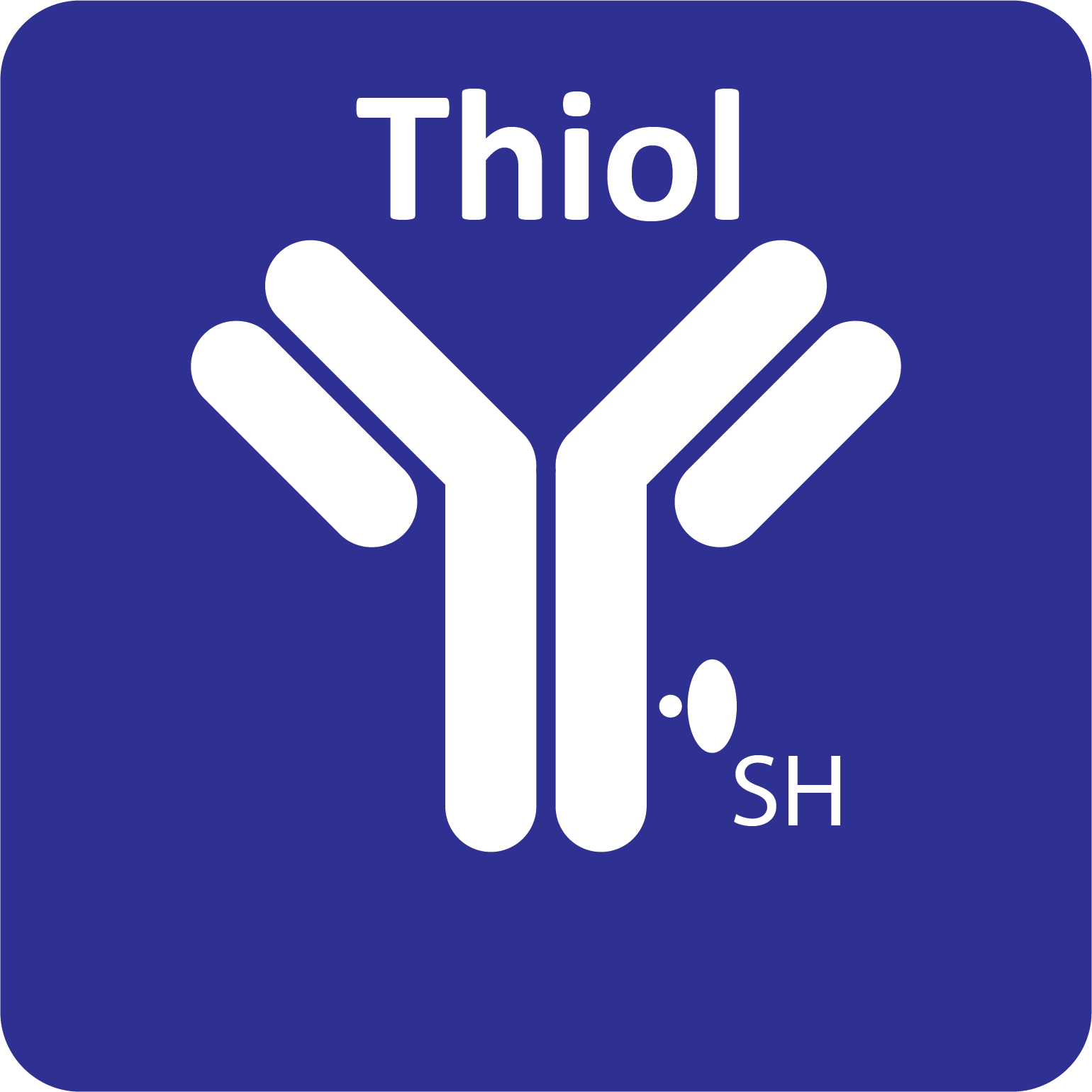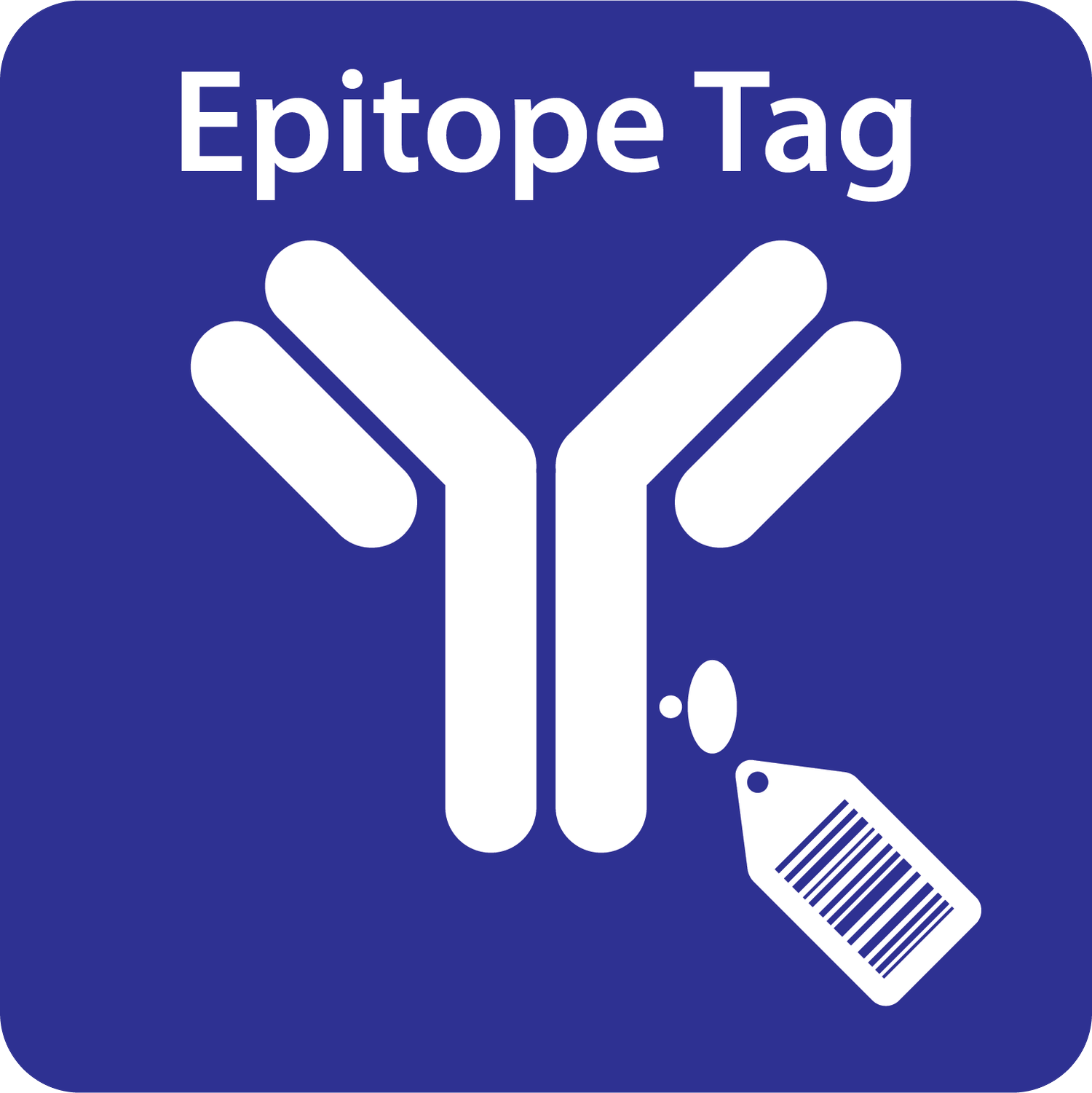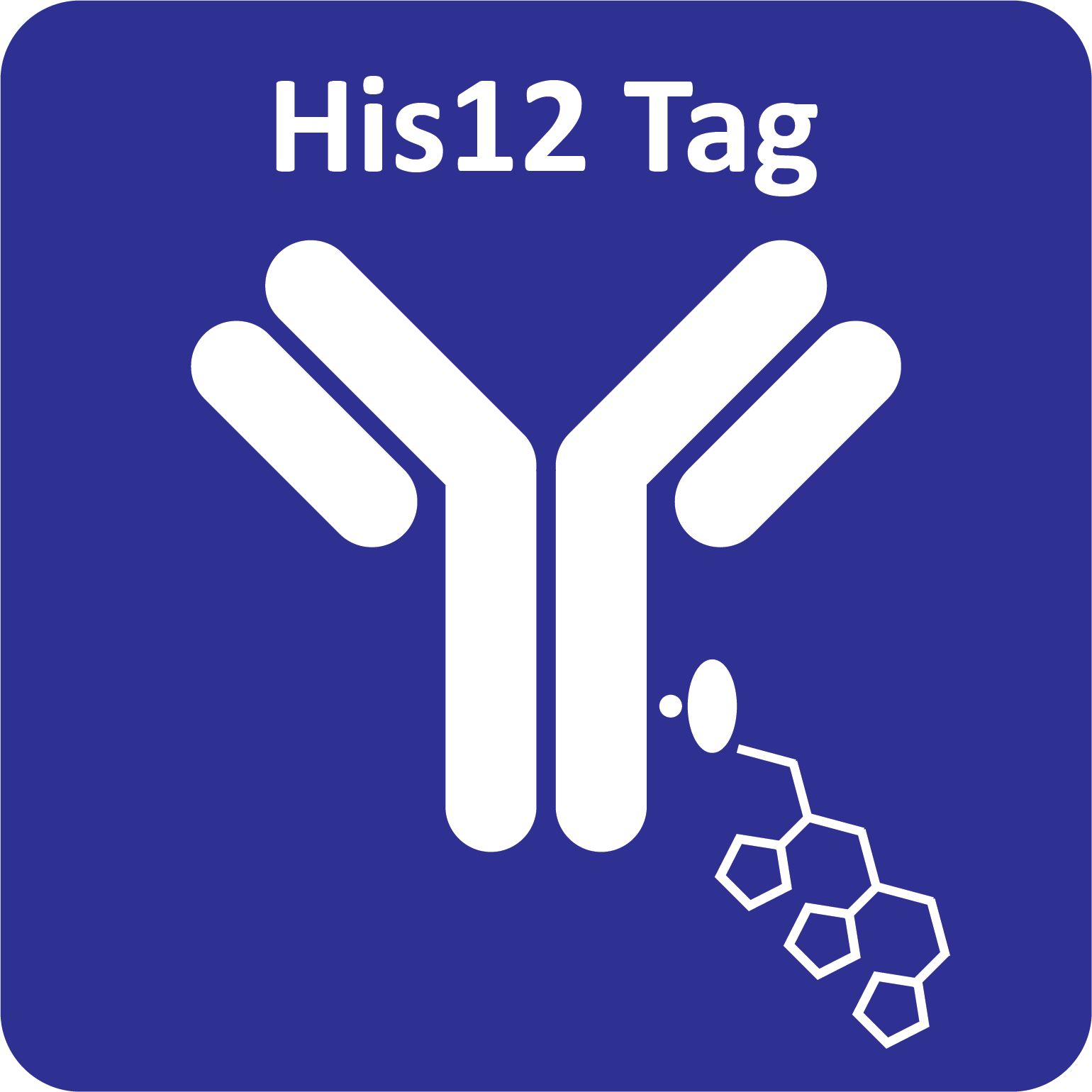Your cart is currently empty!
NIH/NCI Grant — R43-CA250809 (PI: Yu) — 03/20 – 08/21
AlphaThera was awarded an NIH/NCI Grant for research into Trim21-mediated degradation of antibody-targeted cytosolic proteins . The overall goal of this proposal is to develop a biological reagent that leads to degradation of any intracellular protein bound by IgG.
Abstract
The overall goal of this proposal is to develop a biological reagent that not only enables the facile cytosolic delivery of any ‘off-the-shelf’, native immunoglobulin G (IgG) antibody, but also leads to degradation of any intracellular protein bound by the IgG. We envision that the ability to cytosolically deliver IgGs and degrade target proteins would have a transformative impact, since it would dramatically expand the pool of viable drug targets and provide a powerful new tool to study protein function and intracellular signaling.
Recently, the Tsourkas lab, at the University of Pennsylvania, developed photo-reactive antibody-binding domains (pAbBDs) derived from protein G that can be used for the rapid and site-specific covalent labeling of the IgG Fc domain with small molecules, polypeptides, proteins, or enzymes. This technology has been licensed to AlphaThera. Using this technology, the Tsourkas lab has labeled IgGs with highly anionic polypeptides (ApPs) and complexed them with cationic lipids designed for nucleic acid delivery via electrostatic interactions. These complexes enabled the efficient delivery of IgG into the cytosol of cells with up to 90% delivery efficiency. Cytosolically delivered IgGs are functional and were used to successfully inhibit multidrug resistance-associated protein 1 (MRP1), leading to a reduction in the export of the drug doxorubicin, resulting in a significant improvement in its EC50. Despite the exciting potential of this approach, direct inhibition of target proteins with antibodies is highly epitope-dependent and requires a stoichiometric amount of antibody to be delivered, with each antibody only able to inhibit up to two targets.
It has recently been demonstrated that a native intracellular system exists whereby cytosolic IgG can naturally engage TRIM21 E3 ubiquitin ligase to degrade antibody-bound targets. By harnessing TRIM21, protein degradation is epitope agnostic and only a sub-stoichiometric amount of cytosolically delivered antibody can catalyze multiple rounds of target protein degradation. Since pAbBDs derived from protein G bind to the same IgG site as TRIM21, i.e. the FcRn binding site, the TRIM21-mediated degradation pathway is not triggered when using pAbBD-ApP fusions to facilitate cytosolic IgG delivery.
A major goal of this SBIR Phase I application is to engineer a new pAbBD that is derived from TRIM21, through the incorporation of a photocrosslinker, and by fusing it with an ApP to enable cytosolic delivery. This will ensure that every antibody is bound by TRIM21, regardless of endogenous TRIM21 expression levels, to facilitate degradation of the target protein. The specific aims for this proposal are: Aim 1. Identify the optimal site for incorporating a photocrosslinker into TRIM21; Aim 2. Demonstrate the effective degradation of target intracellular proteins.













